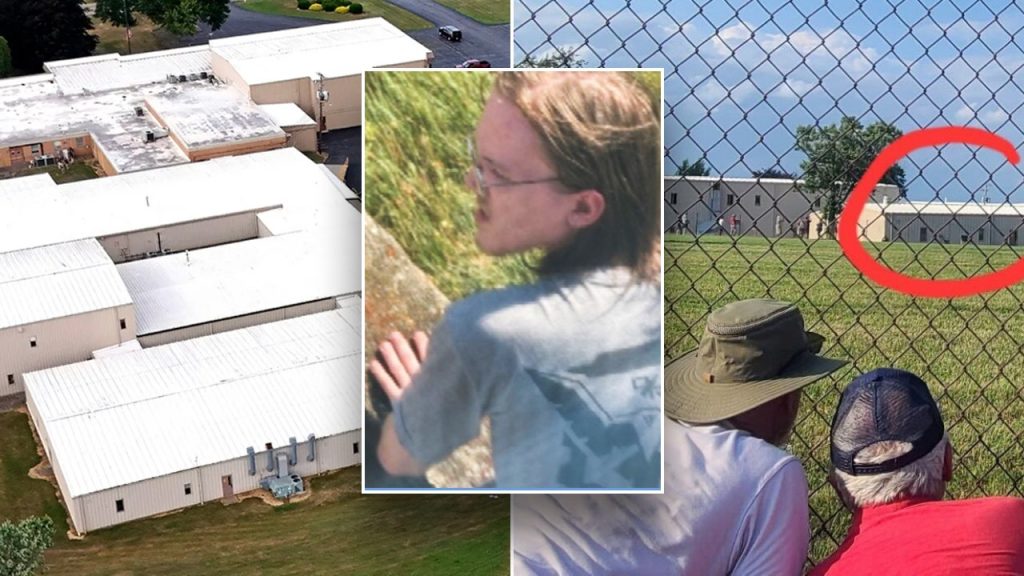Experts believe that poor communication between local and federal law enforcement was a significant factor in the security failures that led to the attempted assassination of former President Trump in Butler, Pennsylvania. Thomas Matthew Crooks, the would-be assassin, managed to evade law enforcement and climb onto a rooftop with a direct line of sight to Trump, opening fire and injuring several people. Text messages between local officers indicated that they had spotted Crooks prior to the shooting, but this information was not relayed to federal officers, highlighting a clear communication breakdown.
Former Secret Service agent Michael Verden emphasized the importance of a strong communications plan at events involving high-profile individuals like the President. He stated that the lack of communication between Butler County and Secret Service officials was a major oversight, as there was no joint command center to facilitate collaboration between different law enforcement agencies. Protective intelligence teams were supposed to approach suspicious individuals like Crooks, but it is unclear if this protocol was followed at the rally site.
Charles Marino, another former Secret Service agent, noted that the events on July 13 revealed both the worst and best aspects of the agency. He described the security planning and implementation leading up to the assassination attempt as a catastrophic failure, highlighting issues with communication, coordination, and limited resources. Despite these challenges, the quick response and bravery displayed by Secret Service agents during the shooting showcased the dedication and commitment to protecting the President.
The lack of a joint command center and failure to share critical information between local and federal law enforcement agencies were cited as key contributing factors to the security failures at the rally in Butler. The absence of a coordinated approach to identifying and addressing potential threats allowed Crooks to evade capture and carry out the assassination attempt. Experts like Verden stressed the need for better communication and collaboration between all levels of law enforcement to prevent similar incidents in the future.
The events on July 13 exposed weaknesses in the Secret Service’s advance process and operational preparedness, highlighting the urgent need for improvements in communication, coordination, and resource allocation. While the attempted assassination of President Trump was a worst-case scenario for the agency, the quick and selfless actions of Secret Service agents during and after the shooting demonstrated their unwavering dedication to their mission and the safety of the individuals they protect. This dedication and commitment to service underscored the importance of addressing the systemic issues that led to the security failures in Butler.
In conclusion, the attempted assassination of former President Trump in Butler, Pennsylvania was a stark reminder of the critical importance of effective communication and collaboration between local and federal law enforcement agencies in ensuring the safety of high-profile individuals. The breakdown in communication that allowed Thomas Matthew Crooks to evade capture and carry out the attack exposed serious flaws in the security planning and implementation process. While the incident revealed significant shortcomings within the Secret Service, it also highlighted the courage and dedication of the agents who responded to the shooting, underscoring the agency’s commitment to protecting those under their care. Addressing the communication failures and operational challenges identified in this incident will be crucial in preventing similar security lapses in the future.


